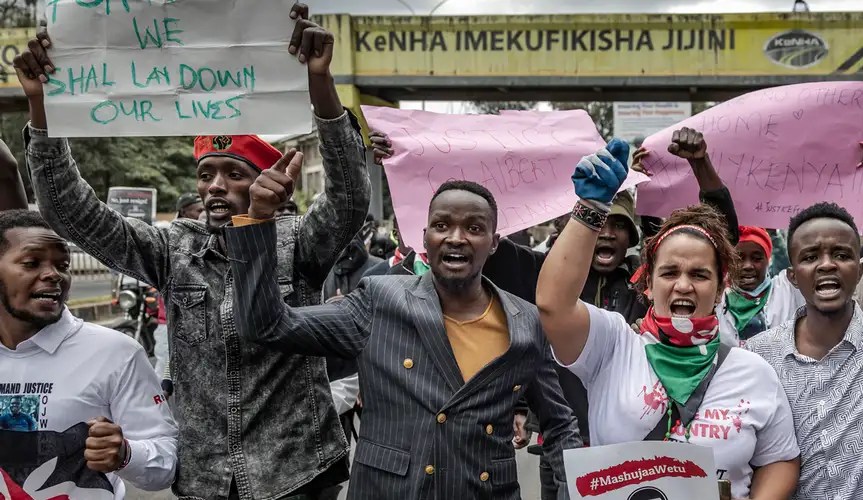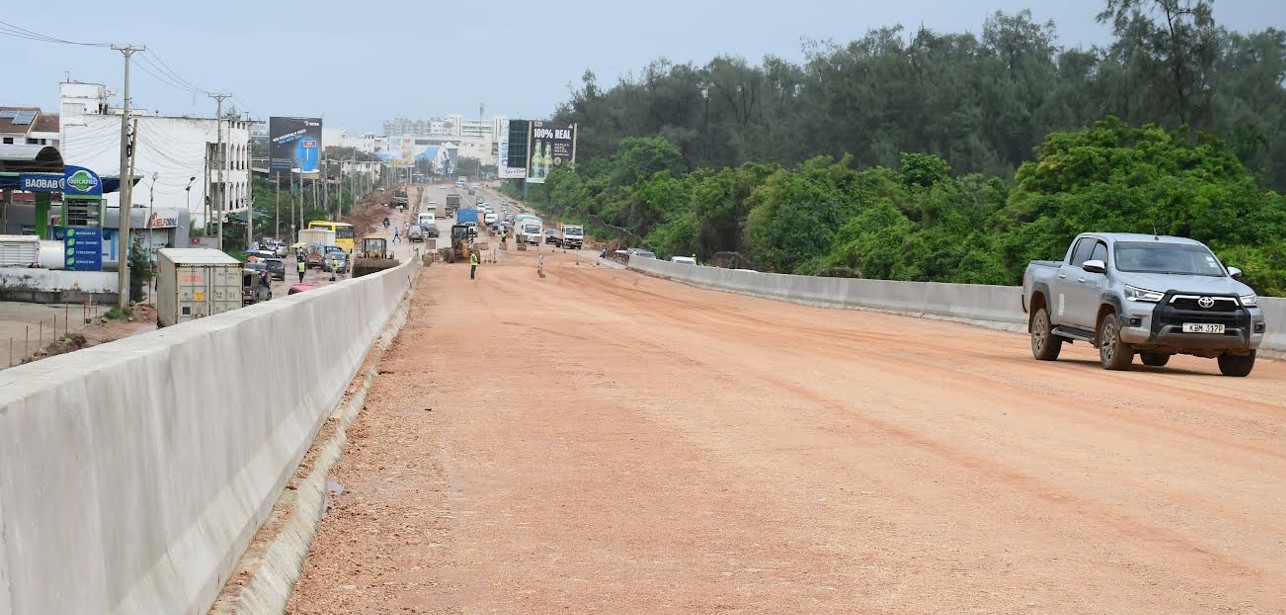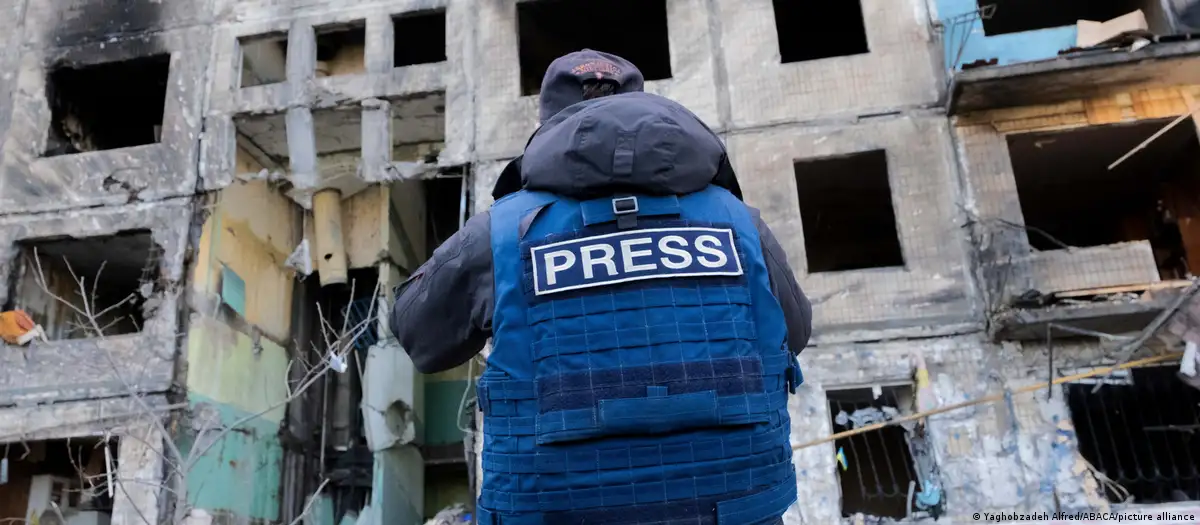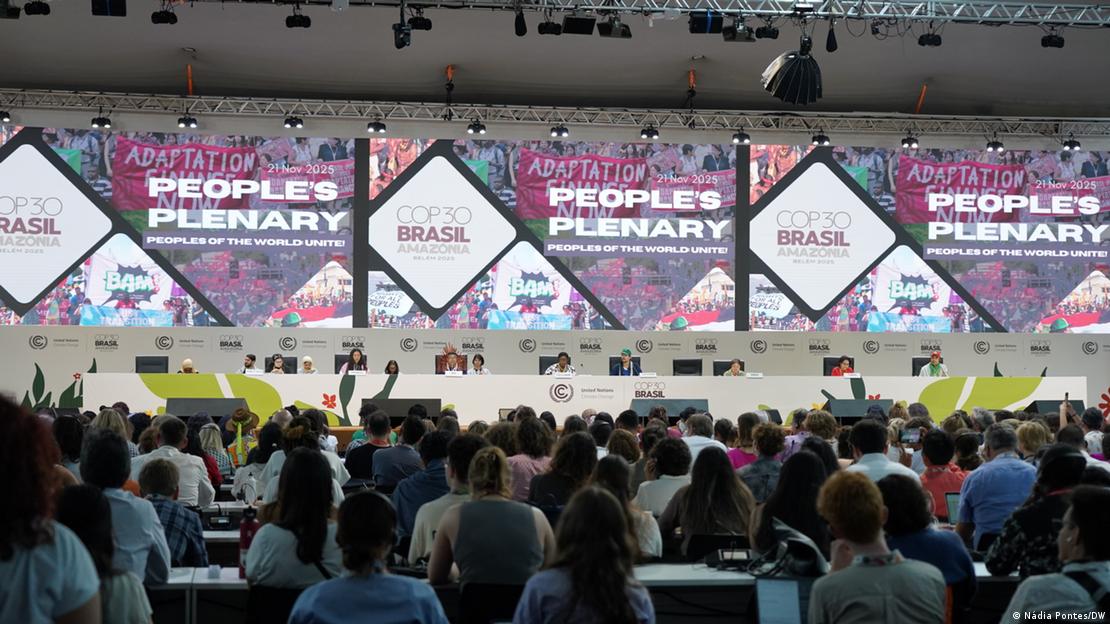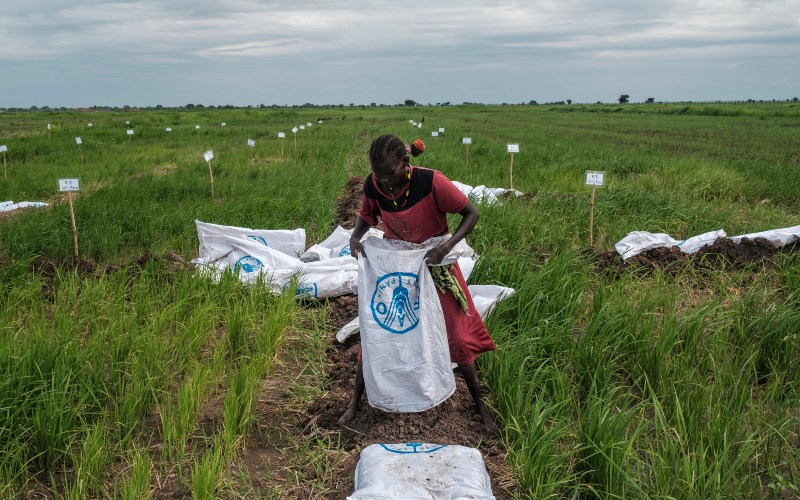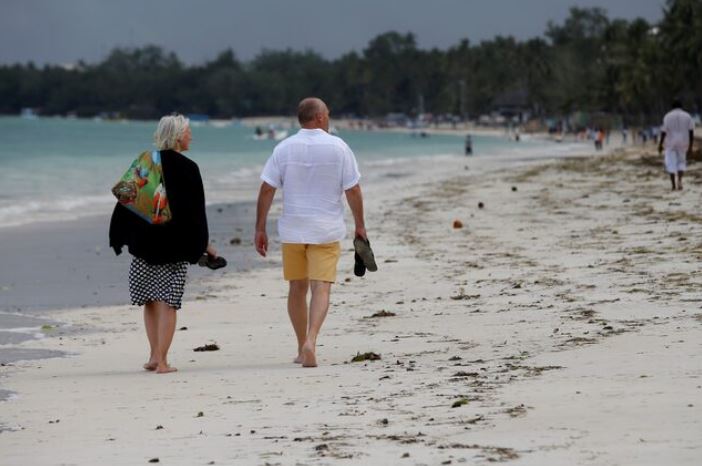Nearly four million vaccinated as yellow fever threat looms in Eastern Uganda
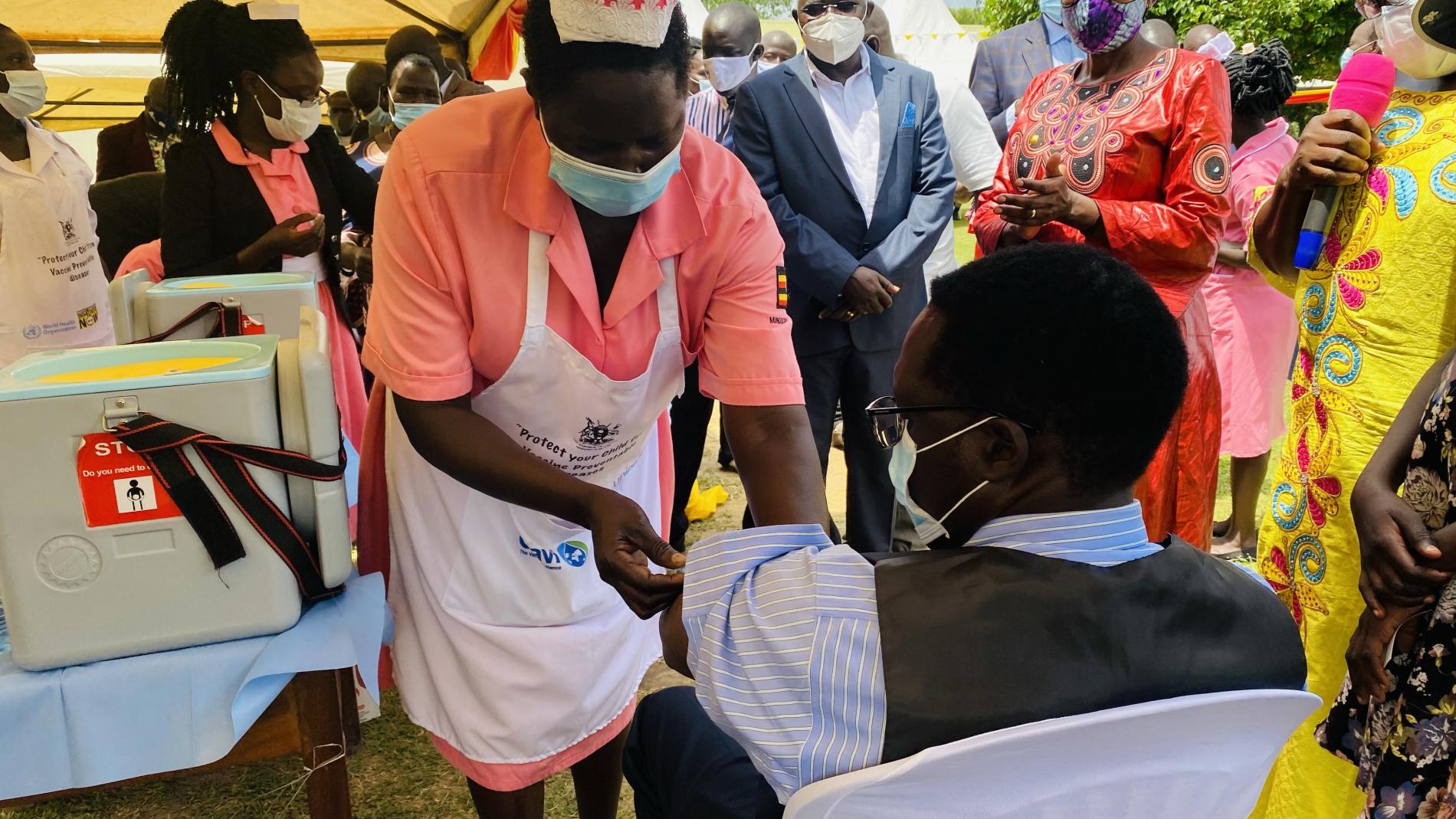
The campaign, which began in mid-April, targeted 19 districts and reached 92 per cent of the eligible population aged between nine months and 60 years.
Nearly four million people have received the yellow fever vaccine in a large-scale campaign aimed at halting the spread of the deadly disease after six confirmed cases emerged in March in the eastern region.
The campaign, which began in mid-April, targeted 19 districts and reached 92 per cent of the eligible population aged between nine months and 60 years.
More To Read
- Uganda signals possible social media shutdown ahead of 2026 polls
- UN Rights Chief raises alarm over abductions, enforced disappearances in Uganda ahead of elections
- Uganda: One dead, several injured in Iganga campaign violence
- Uganda stops granting refugee status to nationals from Ethiopia, Somalia and Eritrea
- Kenya dismisses war fears as Mudavadi quashes claims of Uganda ‘overrunning’ the country
- Lake Victoria Fish farming booming but pollution and disease are wiping out millions: How to reduce losses
As highlighted by Gavi, at Al-Khamis Islamic Day primary and nursery school in Malaba, all 200 pupils, from as young as three to 16, lined up to get the jab.
School headteacher Yusuf Matovu said the smooth turnout showed the impact of vaccination awareness.
“They might not all fully understand why, but they know this is important because they received vaccination counselling. None of the parents or guardians raised any concerns,” he said.
Yellow fever is a serious viral illness spread by Aedes mosquitoes. Symptoms include fever, yellowing of the skin and eyes, bleeding, and in severe cases, shock and organ failure. Without treatment, up to 60 per cent of people with serious disease die.
Eastern Uganda, part of Africa’s yellow fever belt, remains vulnerable. The disease spreads fast; past outbreaks have seen case numbers double within a week.
Angela Betty, a nurse at Malaba Health Centre IV, said the community responded with curiosity and cooperation.
“For not since the COVID-19 days have syringes and vaccines moved within the community in this way. They see polio [vaccines, given orally] often, but rarely any vaccine that requires an injection, as those ones are given in health facilities,” she said.
The campaign comes amid fears of another outbreak.
“Since COVID-19, it has been one outbreak after another,” said Jeffrey Lubega, a truck driver who regularly crosses the Kenya-Uganda border.
“Sometimes we cannot cross the border until screening has been completed, and it can take many days, which is money down the drain. I was quarantined during COVID-19, at my own cost. I received the yellow fever vaccine as I waited for my truck to clear. For me, it was a health and business decision,” he added.
Malaria campaign
Nurse Alowo Sophie confirmed that 4.3 million people were targeted in the campaign. The rollout coincided with Uganda’s first malaria vaccine campaign for babies, but community support made it possible.
Teams delivered vaccines at schools, churches, town centres and health facilities.
Melissa Nafuna, a nursery teacher in Tororo town, said people were more open to vaccination since the COVID-19 pandemic.
“Vaccinations carried out through the church are not likely to face any resistance. But also, many of us know someone who died of COVID-19, so people are welcoming vaccination in the community to save themselves. There is fear of these outbreaks and a better understanding of vaccines since the pandemic,” she told Gavi.
Some groups were excluded from the yellow fever jab, including pregnant and breastfeeding women, people with sickle cell disease, and those allergic to eggs.
The vaccine is made in chicken embryos, which can cause allergic reactions in some people. But Alowo says research shows it can be safely given as a single dose even in children with egg allergies.
Uganda has faced repeated yellow fever outbreaks, one every year for the past decade. Between 2012 and 2022, over 5,000 suspected cases and 24 confirmed ones were recorded. Alowo warned that symptoms can look like malaria.
“We are especially concerned because people could confuse yellow fever symptoms with those of malaria, and we could lose people before the right diagnosis is made,” Alowo said.
Both malaria and yellow fever are mosquito-borne diseases that cause fever and flu-like signs.
“Let us all go for the jab as it is still available in health facilities for free. This is about your health. It is a matter of life and death,” Alowo added.
Although Uganda added the yellow fever vaccine to its regular immunisation programme in 2022, coverage remains low, just 39 per cent. That’s why mass campaigns, backed by global health alliance Gavi, continue. Similar drives happened in 2023 and 2024.
The need for protection is even greater along Uganda’s eastern border with Kenya, where yellow fever coverage is only at six per cent.
In March 2022, Kenya declared an outbreak with 53 cases and six deaths. Malaba, a major gateway between Uganda and Kenya, sees huge daily movement, up to 1,000 trucks and nearly 23,000 people cross each day, most through unofficial routes, with only four of the 84 border points officially recognised.
Top Stories Today
